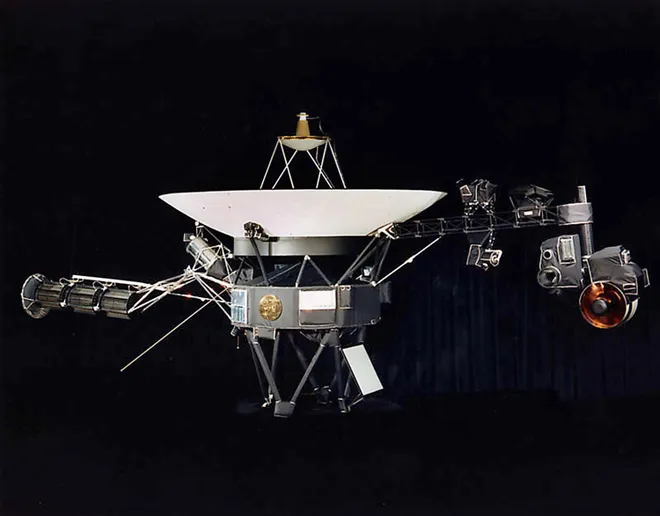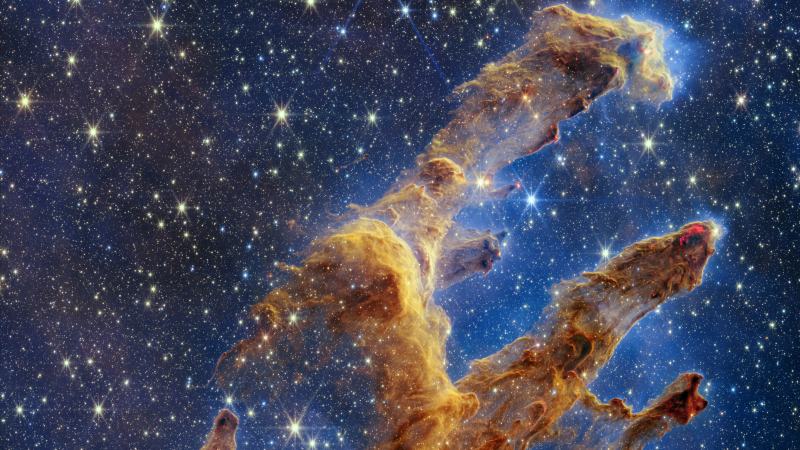NASA reports unplanned 'communications pause' with historic Voyager 2 probe carrying 'golden record'

NASA's historic Voyager 2 probe is experiencing an unplanned "communications pause" after the space agency revealed that the spacecraft's antenna was inadvertently pointed into the wrong direction.
Mission control transmitted a series of routine commands on July 21 that had the unintended effect of triggering a 2-degree change in Voyager 2's antenna orientation, NASA announced on Friday. As a result, the deep-space probe's ability to receive commands or transmit data back to Earth has been disrupted.
The spacecraft first launched into orbit in 1977 carrying a "golden record" to act as a time capsule if it encounters any extraterrestrial lifeforms.
The issue has prevented Voyager 2's data transmission from reaching the array of giant radio network antennas known as the Deep Space Network, whose team of ground controllers are similarly unable to communicate with the probe.
NASA is hopeful that the technical glitch is only temporary, and that when the spacecraft resets its orientation in October, communication lines will reopen between it and the ground control team. That reset is planned for Oct. 15, and NASA expects the spacecraft will remain on its planned trajectory until then.
UFO hearing:Witnesses call for increased military transparency before Congress

Where is Voyager 2 now?
Voyager 2 is 12.4 billion miles from Earth.
The spacecraft is one of two twin probes launched in 1977 from Cape Canaveral, Florida, to explore planets in the outer solar system − particularly Jupiter and Saturn. Voyager 1, which NASA said was not impeded by the glitch, in 2012 became the first spacecraft to reach interstellar space and − at 14.8 billion miles away − is the farthest human-made object from Earth.
Mysterious interstellar signal:Researchers discover 'extraordinary' interstellar radio signal reaching Earth
Voyager 2 reached interstellar space in 2018 and has the distinction of being the only spacecraft to have explored Uranus and Neptune.
The 'golden record' on board Voyager
Both Voyager spacecrafts also carry a so-called "golden record" as a greeting to any lifeform they may encounter. The phonograph record − a 12-inch gold-plated copper disk − contains sounds, images, spoken greetings in 55 languages, and musical selections of various cultures and eras intended to portray the diversity of life and culture on Earth.
Eric Lagatta covers breaking and trending news for USA TODAY. Reach him at elagatta@gannett.com and follow him on Twitter @EricLagatta.
Disclaimer: The copyright of this article belongs to the original author. Reposting this article is solely for the purpose of information dissemination and does not constitute any investment advice. If there is any infringement, please contact us immediately. We will make corrections or deletions as necessary. Thank you.






